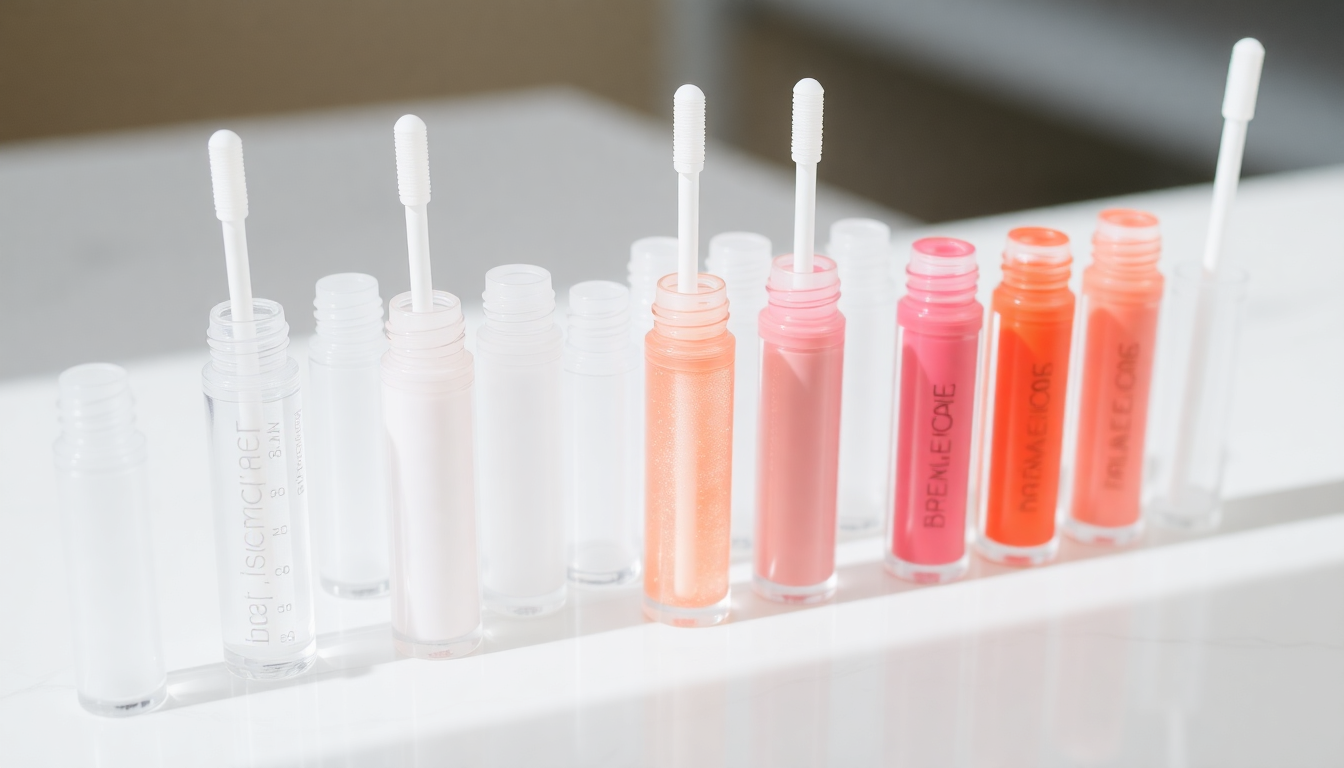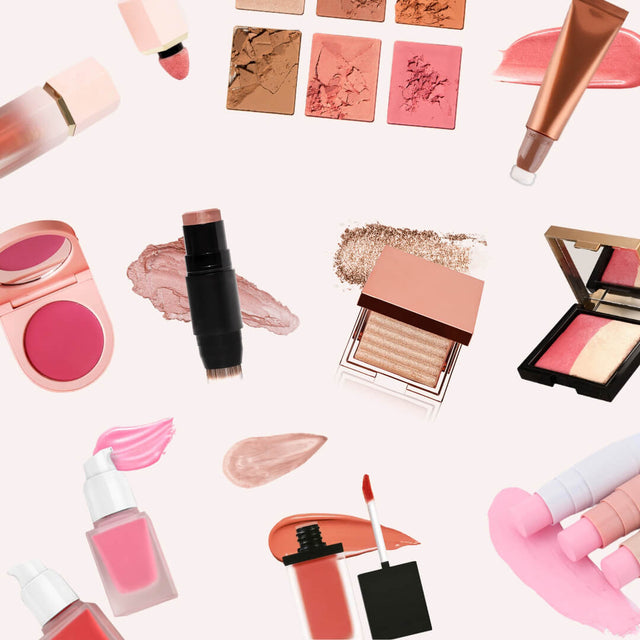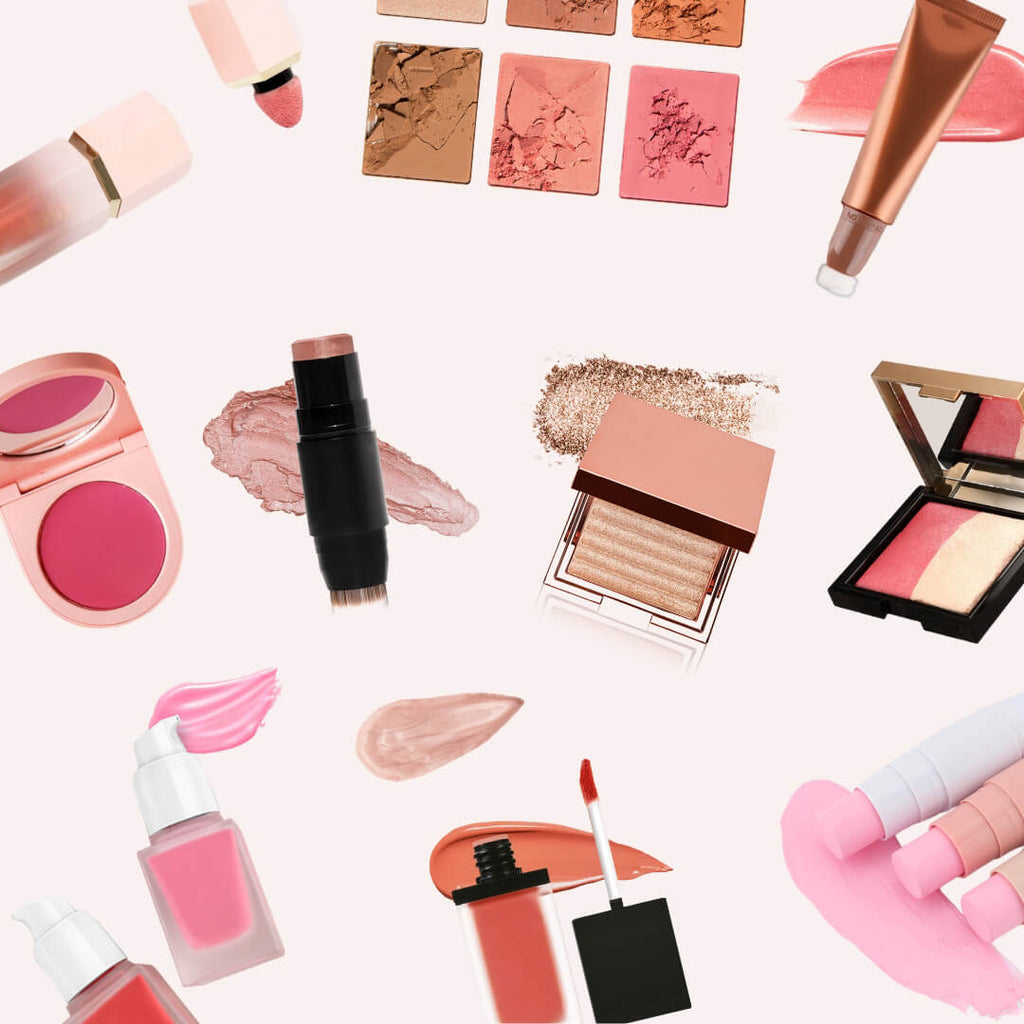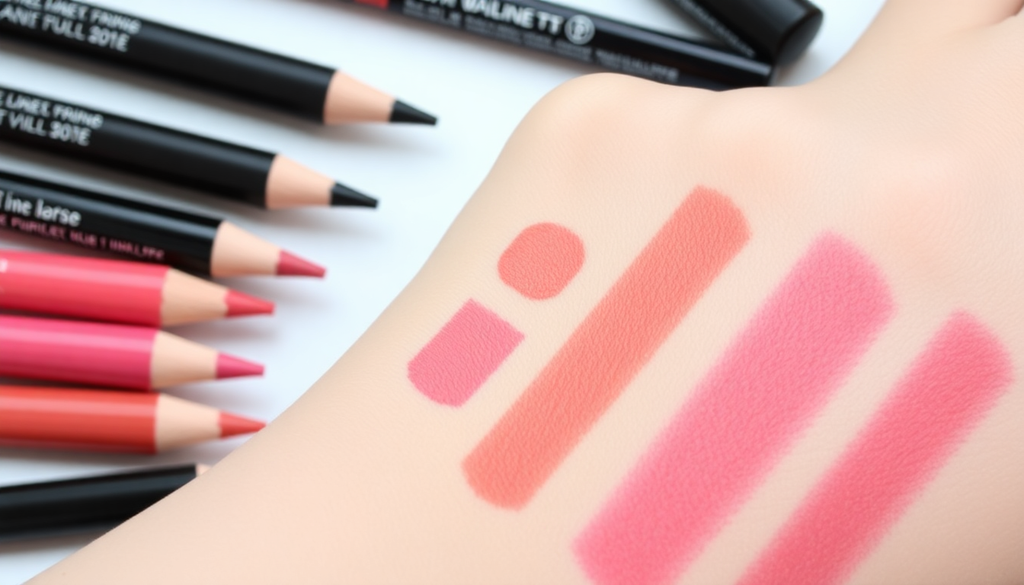
Private Label Lip Gloss Made Simple: Vegan Formulas, MOQ Hacks & True Unit Costing for New Brands
Ultimate Guide to Launching Private Label Lip Gloss Like a Pro
Why Lip Gloss Is Your 2024–2025 Brand Launchpad (+Verified Trend Data)
Lip gloss is one of the easiest color cosmetics categories to enter with private label products. It requires less complex tooling than bullets, has lower R&D time than long-wear formulas, and pairs perfectly with vegan and clean positioning—an attractive entry for budget-conscious founders.
- Glossy finishes grew 27% in Q1 2024 (Source: NPD Group).
- Search interest for "vegan lip" and "vegan lip product" rose steadily through 2024 (Source: Google Trends).
- Demand for cruelty-free/clean color cosmetics continued to drive value growth in 2024 (summarized by industry trackers such as Statista and Kline Reports).
Think of launching gloss like building a capsule wardrobe: pick versatile neutrals, one statement shade, and an everyday clear/top coat.
Step 1: Formula Foundations — Beginner-Friendly Vegan Gloss That Sells
For new brands the fastest path to market is a stock vegan gloss base customized with pigment, scent, and texture tweaks. That minimizes stability testing and shortens lead time.
Core ingredient map
- Slip & feel: C12-15 alkyl benzoate, caprylic/capric triglyceride — non-greasy and widely used in vegan formulations.
- Shine & adhesion: Polybutene or hydrogenated polyisobutene — choose suppliers who can confirm vegan sourcing.
- Thickeners: Hydrogenated vegetable glycerides, glyceryl stearate for viscosity control without animal-derived lanolin.
- Preservative: Phenoxyethanol + ethylhexylglycerin is common; consider alternatives accepted by your target markets if you’re marketing as 'clean'.
- Colorants: Use approved cosmetic lake pigments/FD&C dyes and iron oxides; request batch certificates.
Textural choices
- Non-sticky: Lower polybutene %, more light esters.
- Plumping: Add mild peptides or hyaluronic micro-spheres (test for stability).
- Sheer shimmer: Small nacreous mica blends—ensure suppliers provide vegan mica sourcing documentation.
Actionable checklist: Quick lab setup
- Order 3 stock vegan base samples from your manufacturer (sheer, gloss, plumping variants).
- Request color-match runs in 5 g samples for each shade idea.
- Obtain preservative efficacy (challenge test) data for the chosen base.
Step 2: Packaging That Sells — From Budget to Premium & Sustainable Picks
Packaging sets perceived value. For private label lip gloss, you can launch affordably and upgrade later.
- Budget option (often under $0.80/unit at scale): Standard clear PET tube with flocked wand. Best for entry-level pricing and retail trial.
- Mid-tier option ($0.80–$1.50): Frosted or acrylic-style tubes with custom caps, printed labels, or shrink sleeves for stronger shelf presence.
- Premium option ($1.50+): Heavyweight acrylic or glass-style shells, metalized caps, and embossing.
- Sustainable option: Sugarcane-based PCR plastic tubes or refillable outer shells—feasible but may raise per-unit cost at lower MOQ.
Actionable checklist: Packaging selection
- Start with one SKU in a budget tube to validate market demand.
- Order filled packaging samples (not empty) to evaluate wand performance and fill line marks.
- Compare total landed cost (packaging + filling) across 2 suppliers before commit.
Step 3: Color Strategy — Pick 5 Starter Shades (Pantone Codes Included)
Five shades give variety without inventory paralysis. Choose adaptable colors that layer well over different skin tones.
- Clear/top coat: universal, boosts shine, good upsell.
- Warm nude: Pantone 475 C — everyday go-to for warm undertones.
- Cool nude: Pantone 4535 C — balances cooler complexions.
- Pink-berry: Pantone 2030 C — flattering mid-tone pop.
- Seasonal coral pop: Pantone 2347 C — summer/spring hero shade.
Color selection is like a capsule wardrobe: neutrals first (high rotation), then one seasonal hero for marketing campaigns.
Step 4: True Unit Costing & Budget Control — Realistic Numbers and Hidden Costs
Understanding landed unit cost is the difference between a profitable launch and a money pit. Below is a practical example at MOQ 1,000 units for private label lip gloss (numbers are directional and depend on suppliers):
- Ingredients per unit (base, pigments, preservatives): $0.25–$0.65
- Packaging per unit (tube, wand, cap): $0.35–$1.00
- Filling & labor: $0.18–$0.45
- QA, stability testing amortized: $0.10–$0.40
- Labeling & printing: $0.05–$0.20
- Freight, duties & brokerage (allocated): $0.12–$0.50
- Misc (samples, overruns, insurance): $0.05–$0.15
- Estimated landed cost per unit: $1.10–$3.35
Set wholesale with a target margin of 50–65% above landed cost; retail at 2.2–2.8x wholesale depending on channel. Example: a $1.50 landed cost supports a $4.00 wholesale and $10–12 retail.
Hidden cost alerts
- Regulatory filings and country-specific claims validation (e.g., EU IFRA, US FDA labeling) can add $500–$2,000 depending on complexity.
- Stability/challenge testing is often $500–$2,500 per formula; amortize across shades that share the same base.
- Artwork revisions and printing proofs can add unexpected set-up fees—confirm plate and repeat costs.
Actionable checklist: Cost control
- Use a shared vegan base across shades to amortize testing.
- Negotiate packaging pricing tiers—ask for price breaks at 2,500 and 5,000 units.
- Consolidate shipping and use sea freight for bulk to cut per-unit freight.
MOQ Hacks for Lean Startups
MOQs can be the biggest barrier. Here are practical hacks to reduce upfront investment:
- Stock base approach: Choose a factory stock vegan base—many offer MOQs as low as 100–300 per shade for stock formulas.
- Color splits: Order core packaged tubes in a neutral fill, and perform small-batch color fills with local co-packers for limited runs.
- Shared runs: Partner with another indie brand to share MOQ and packaging runs (contractually split liability).
- Gradual SKUs: Start with three shades (clear, warm nude, pink-berry) and scale to five once the initial SKUs sell through.
Manufacturer's Corner — 5 Critical Questions to Ask Suppliers
When vetting suppliers, these questions separate pros from pretenders:
- What is your MOQ for stock vegan gloss base vs a custom formula? Ask for written tiers.
- Can you provide Certificates of Analysis (CoA) and preservative efficacy data for the base?
- What is the lead time for lab samples, color approvals, and full production?
- Do you offer fill-and-finish services, and can you handle labeling and minor kitting?
- What are all additional fees (artwork setup, molds, stability testing), and how are they invoiced?
Common red flags:
- No documentation for vegan or cruelty-free claims.
- Vague timelines or shifting lead-time estimates.
- Reluctance to provide third-party testing results or CoAs.
**Never skip stability testing!** A visually perfect sample can separate into layers or lose preservative efficacy in 3 months if unstressed.
Go-to Launch Plan: 90-Day Roadmap
Fast, practical timeline for first launch:
- Week 1–2: Select stock bases, request samples, lock packaging style (clear PET tube recommended).
- Week 3–4: Approve lab samples and color matches; obtain CoA and PIF requirements for target markets.
- Week 5–8: Run stability/challenge tests; finalize artwork and label copy (include ingredient list and claims).
- Week 9–12: Production run, QA, and ship; prepare marketing pre-launch (swatches, imagery, influencer seeding).
Marketing & Merch Tips for Quick Traction
- Use before/after close-up lip swatches to showcase shine and texture.
- Bundle a clear gloss as a topper SKU for cross-sell opportunities.
- Leverage the "vegan lip product" keyword and include "private label lip gloss" and "custom cosmetics" in product copy to assist SEO.
Final Thoughts & CTA
Launching a private label lip gloss line in 2025 is highly attainable with a stock vegan base, smart MOQ strategies, and tight control of true unit costs. Start lean: pick a reliable supplier, order filled samples, and validate your shade set in market before scaling packaging upgrades. Keep auditing your costs—shipping, testing, and regulatory fees can erode margins quickly.
If you want a hands-on partner to walk you through formula selection, MOQ negotiation, and a detailed unit-cost template, request our Lip Gloss Starter Kit via [CONTACT PAGE]. We provide sample packs, a ready-to-fill stock vegan base, and a unit-cost spreadsheet tailored to your chosen packaging and target MOQ.
Key takeaway: Start with a proven vegan base, launch 3–5 curated shades, control packaging costs, and always budget for testing. That combination wins both shelf attention and sustainable margins.




